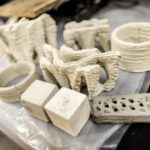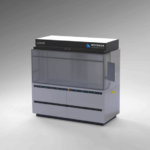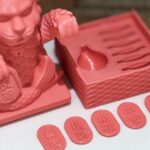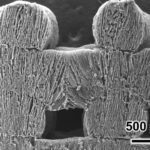Chinese scientists have introduced a novel approach to improve the fatigue performance of 3D printed titanium alloys.
Led by Profs. Zhang Zhefeng and Zhang Zhenjun from the Chinese Academy of Sciences, the team proposed the Net-Additive Manufacturing Preparation (NAMP) technique, which addresses microstructure and defect regulation.
Published in Nature, their study aims to overcome the limitations of 3D printed materials in critical applications such as aerospace, where fatigue performance is crucial.

The concept focuses on the inherent high fatigue resistance of 3D printed microstructures, which can be compromised by microvoids introduced during printing. To mitigate this, the researchers developed the NAMP process, involving hot-isostatic pressing (HIP) to eliminate microvoids and subsequent heat treatment to refine the microstructure.
Results demonstrate that the NAMP-treated titanium alloy exhibits exceptional fatigue resistance, surpassing both conventionally manufactured and other additively manufactured alloys. The microstructure’s unique characteristics prevent fatigue cracks from nucleating at critical points, significantly enhancing fatigue performance.
This study highlights the potential of 3D printing for producing high-performance structural components and provides clear pathways for anti-fatigue manufacturing.
By refining microstructures and eliminating defects, the NAMP approach represents a promising step forward in advancing the application of 3D-printed materials in demanding environments.
You can read the research paper, titled “High fatigue resistance in a titanium alloy via near-void-free 3D printing” at this link.
Come and let us know your thoughts on our Facebook, X, and LinkedIn pages, and don’t forget to sign up for our weekly additive manufacturing newsletter to get all the latest stories delivered right to your inbox.










